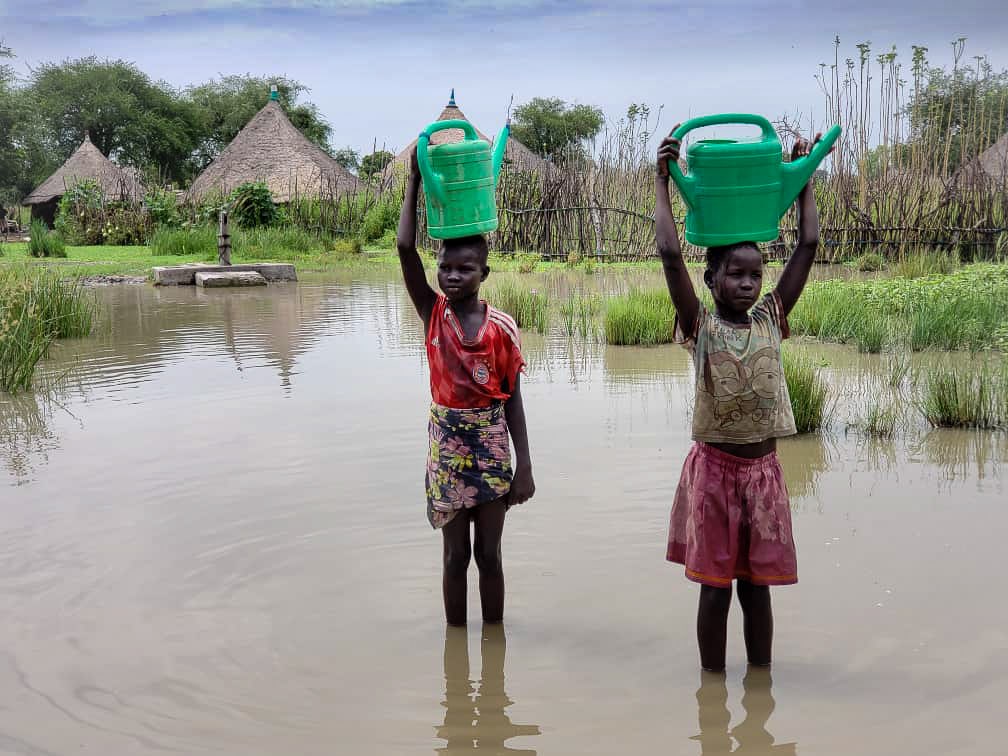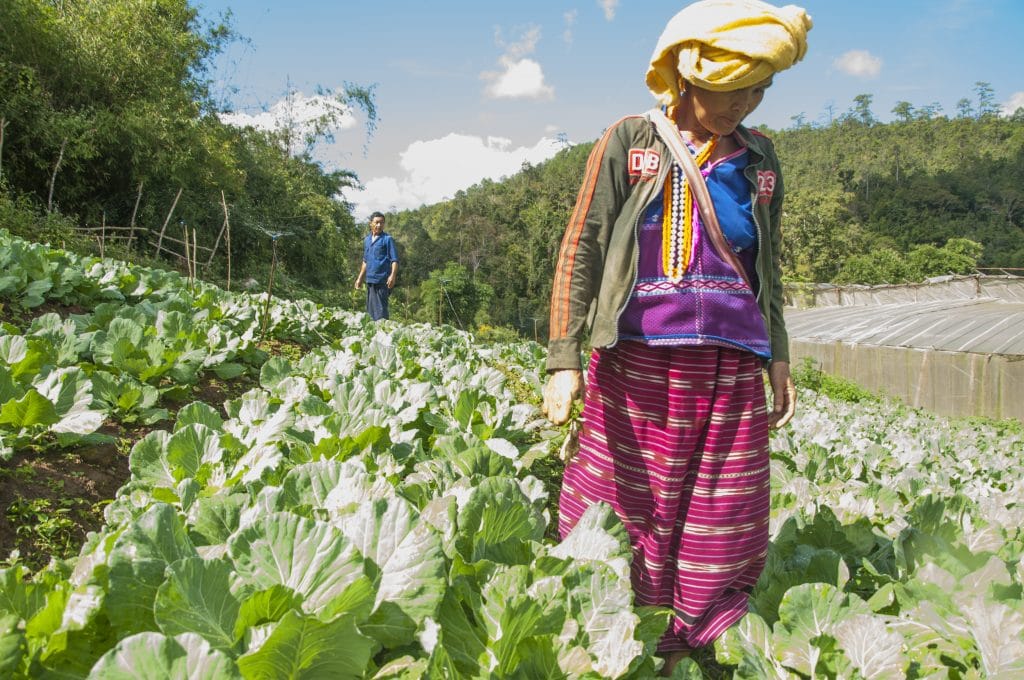Top takeaways from the IPCC report
On February 28th the Intergovernmental Panel on Climate Change (IPCC) released its latest report under the Sixth Assessment cycle. Working Group II assessed the vulnerability of socio-economic and natural systems to climate change, and here are some of the key findings.
1. The extent of the impact of climate change is, and will be, enormous.
It is unequivocal that climate change has already disrupted human and natural systems, the report states, stipulating with high confidence that approximately 3.3 to 3.6 billion people already live in contexts that are highly vulnerable to climate change. This means approximately 40% of the global population is now living with the harsh realities of climate change: high temperatures, drought, flooding, and other extreme weather and climate events that contribute to acute food and water insecurity, malnutrition, and loss of livelihoods. Climate change is a threat to human well-being and planetary health and there is no room for alternative interpretations of the warnings in the report: “Any further delay in concerted anticipatory global action on adaptation and mitigation will miss a brief and rapidly closing window of opportunity to secure a liveable and sustainable future for all.”
2. However, the impacts affect people differently.
Climate change exacerbates existing inequalities, and this report highlights that social justice and climate justice has to be at the center of our response to the crisis. The report stipulates with high confidence that the vulnerability of both ecosystems and people differs substantially among and within regions and this is driven by patterns of inequity — socio-economic development, unsustainable ocean and land use, marginalization, and historical and ongoing systemic inequity like colonialism. Food insecurity for instance has increased the malnutrition rate in many communities, but this is especially true for already marginalized communities such as Indigenous Peoples, small-scale food producers and low-income households, children, elderly people and pregnant women. And between 2010 and 2020, human mortality from floods, droughts and storms was 15 times higher in highly vulnerable regions compared to regions with very low vulnerability.

Flooding in South Sudan, December 2021.
3. It is critical we try to stay below 1.5 degrees warming.
The science is very clear on temperature rise and the thresholds we cannot cross. If global warming exceeds 1.5°C in the coming decades or later then many human and natural systems will face additional severe risks compared to remaining below 1.5°C. Depending on the magnitude and duration of an overshoot, some impacts will actually cause the release of additional greenhouse gases, and some will be irreversible, even if global warming is then reduced in the future. Emissions reduction and other near-term actions that limit temperature rise to something closer to 1 .5°C would significantly reduce the projected losses and damages to human systems and ecosystems, the report says, but even then, these efforts will not eliminate them all. It is critical that big emitters heed the science and step up their emissions reduction efforts immediately.
4. Adaptation IS working, but it needs more finance.
The report highlighted the potential of adaptation to reduce the risks to both people and nature. Feasible and effective adaptation efforts do make a difference! And the scientists observed a range of benefits generated by progress in adaptation planning and implementation. However, the text also stipulated that adaptation finance needs are much higher than previously reported, and in order to implement effective adaptation and close the gap more money is essential. The report confirms that current global financial flows for adaptation are insufficient. Not only that, the funds have to go to the right places, and the report called removing barriers to accessing finance “fundamental” for vulnerable groups, regions and sectors. In other words, climate finance must be increased, and it has to go to those on the frontlines of the climate emergency. And even then, to be effective adaptation efforts must take a transformational approach instead of just prioritizing immediate climate risk reduction. This means mobilizing adaptation efforts and tools that are based on strong analysis and are multi-sectoral and cut across systems while addressing social inequities.

5. And even then, adaptation has its limits.
Even effective adaptation does not prevent all losses and damages, and according to the report losses and damages are already unequally distributed across systems, regions and sectors. It is also not addressed by any existing financial, governance and institutional arrangements, particularly in developing countries. And as temperatures rise, losses and damages will increase, adaptation costs will become higher, and even more human and natural systems will reach their adaptation limits.
